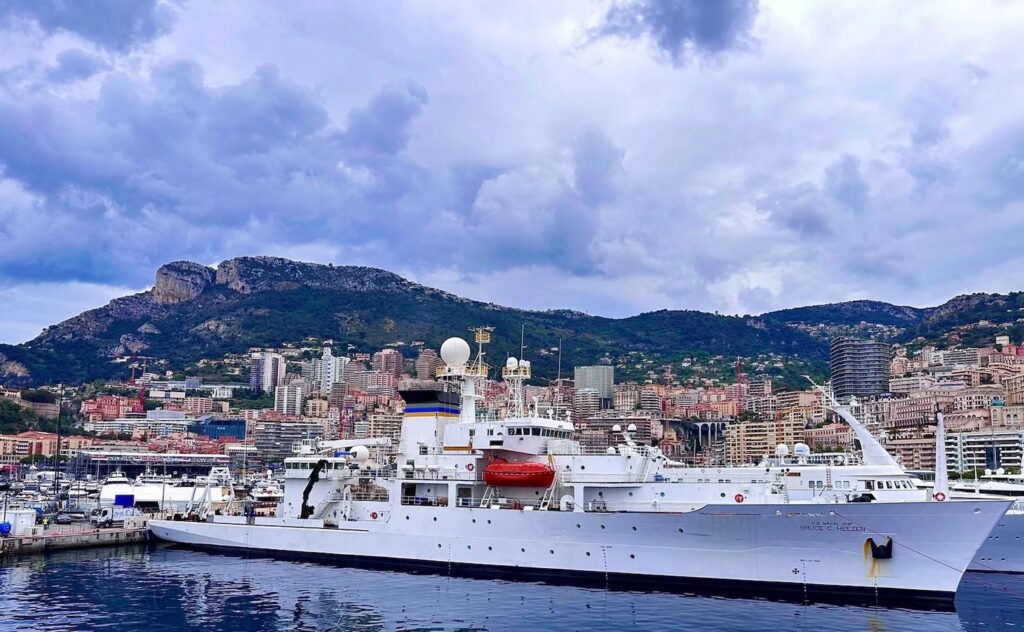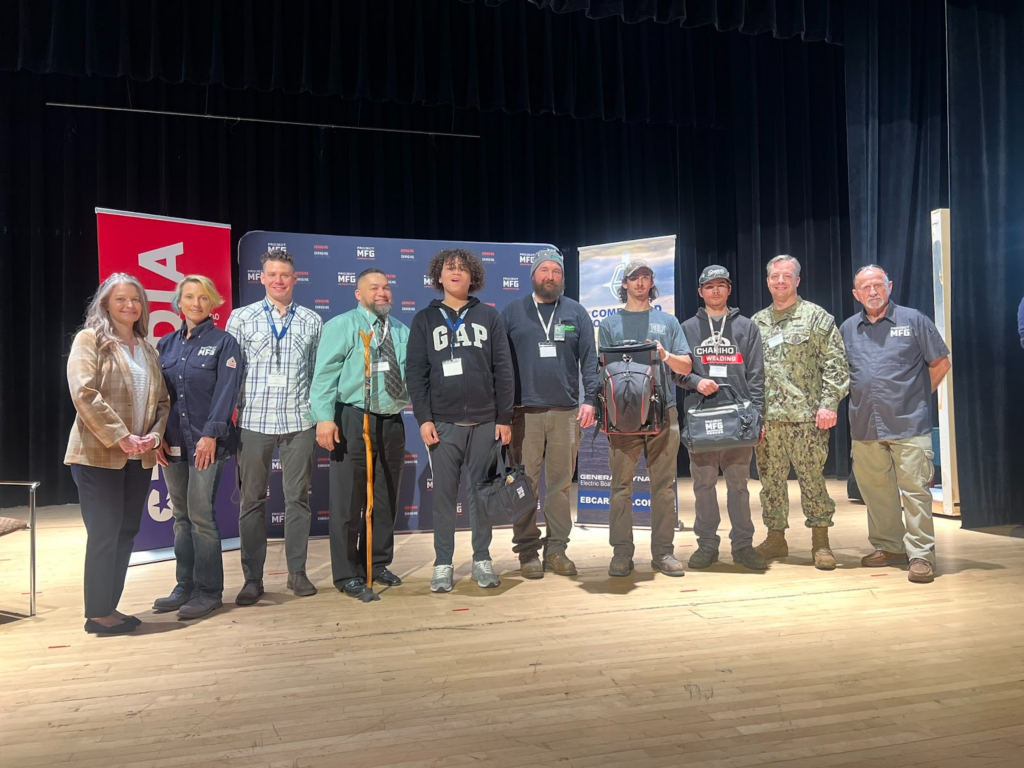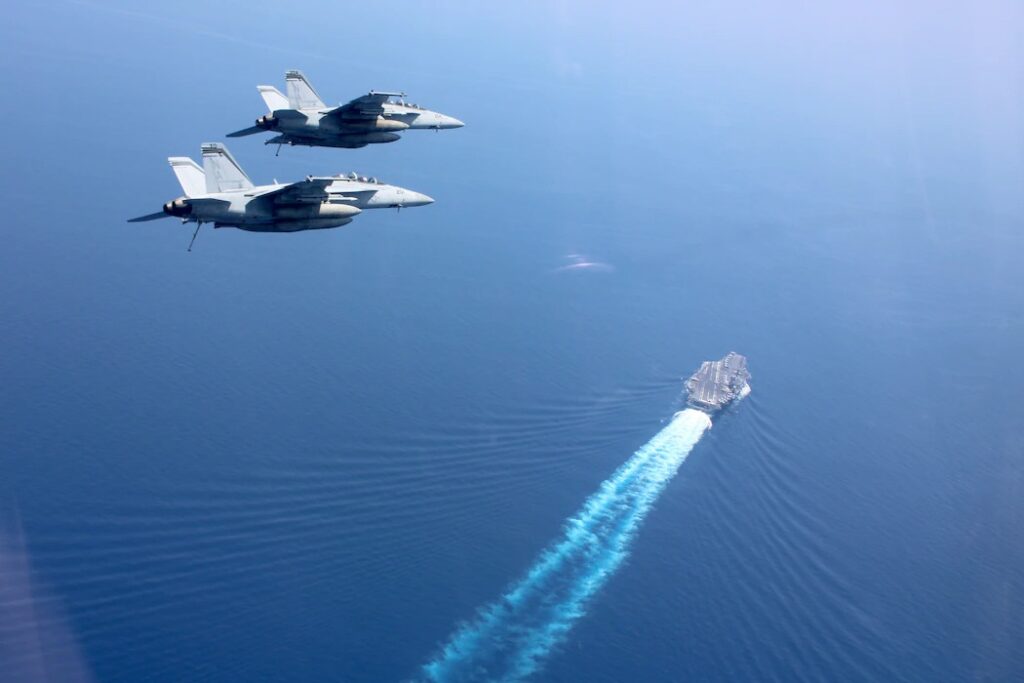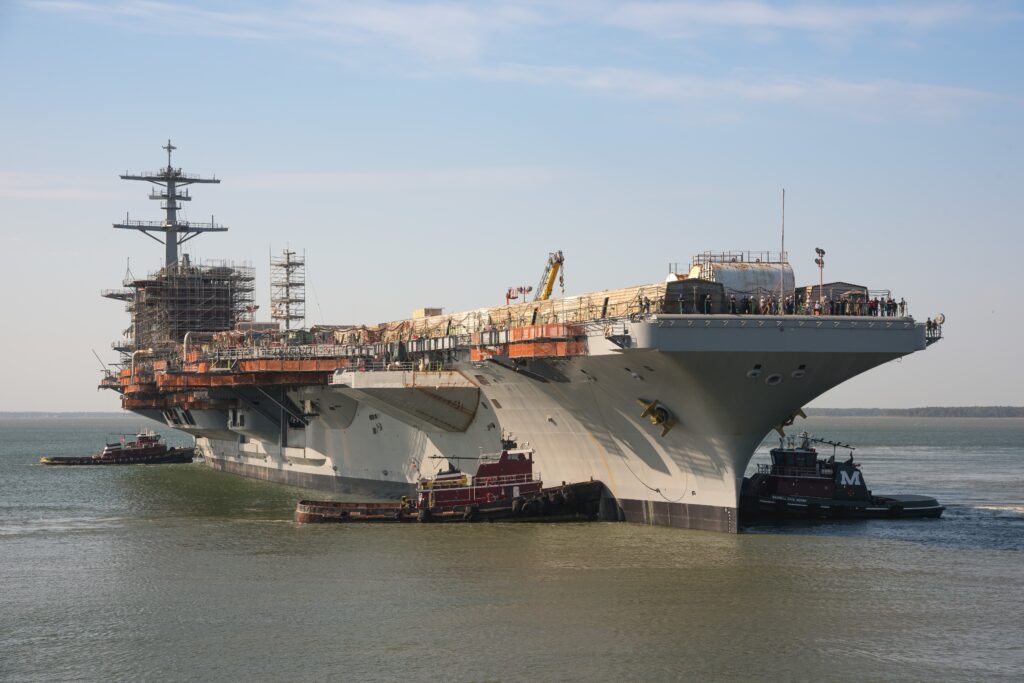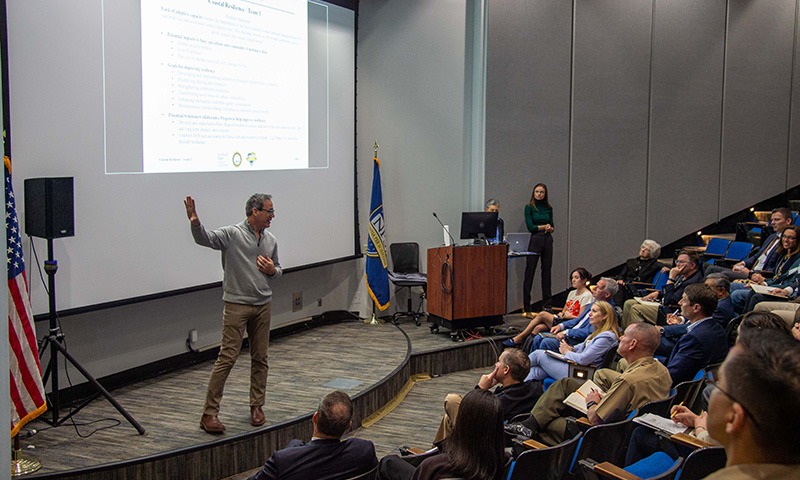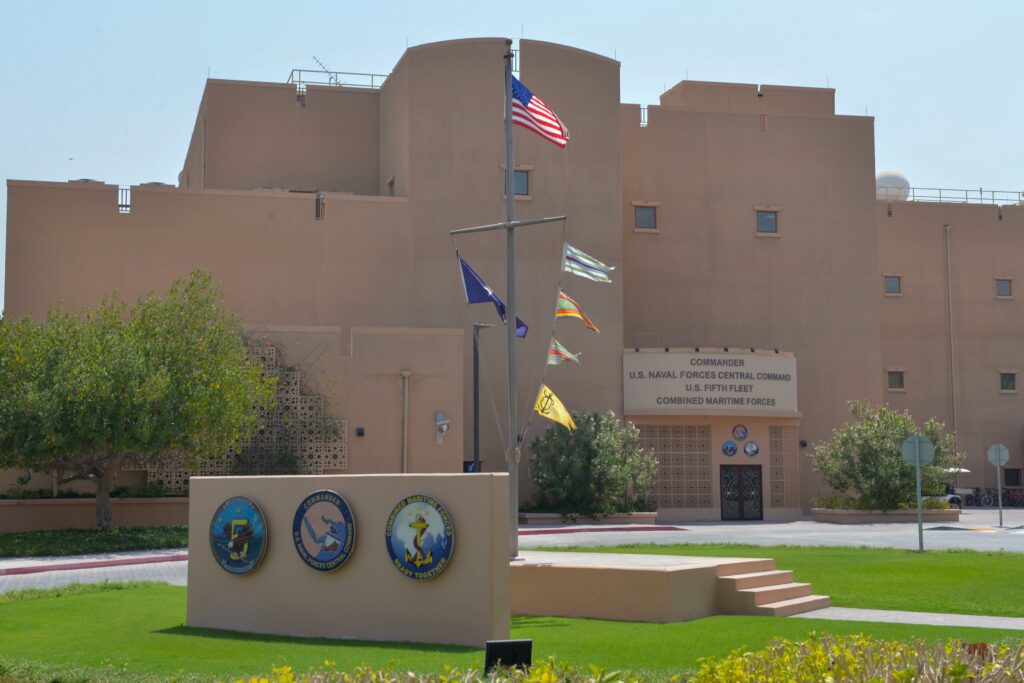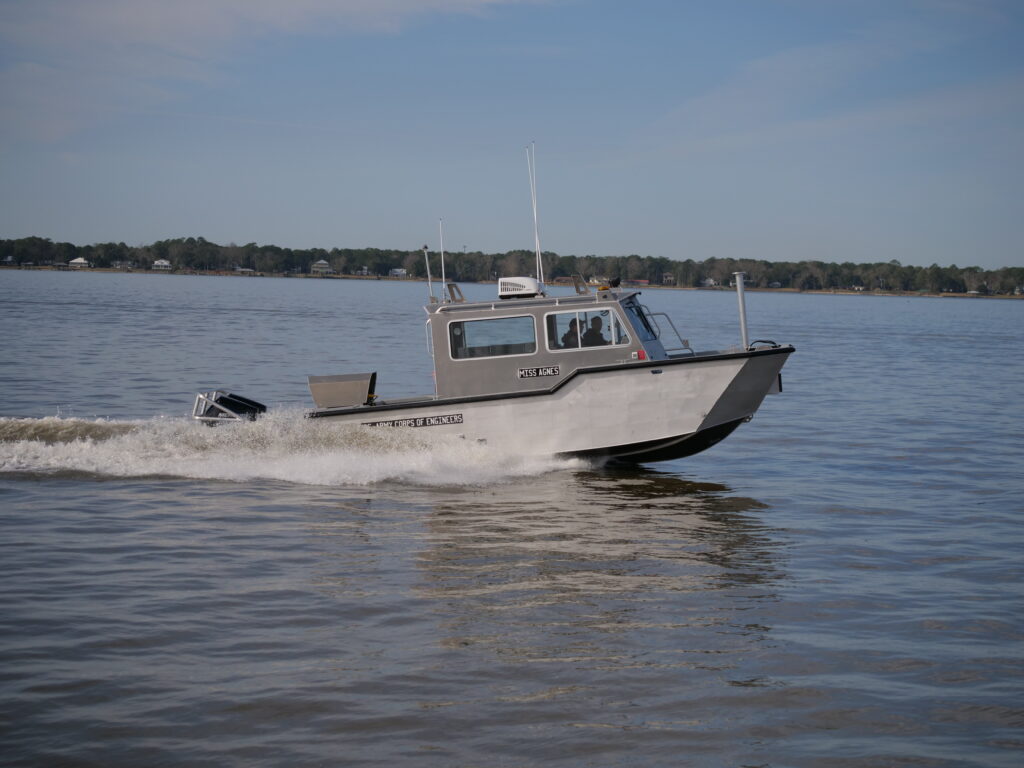GERALD R. FORD CARRIER STRIKE GROUP DEPLOYS
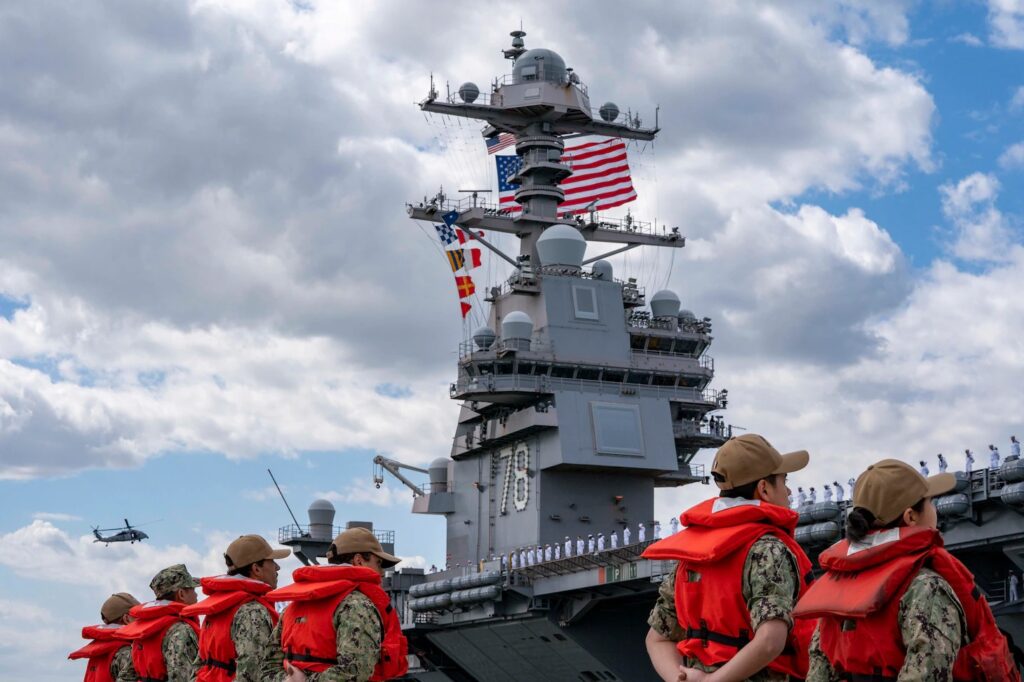
Release from Carrier Strike Group (CSG) 12 Public Affairs
*****
02 May 2023
NORFOLK, Va. — The capital ship of the Gerald R. Ford Carrier Strike Group (GRFCSG), the first-in-class aircraft carrier USS Gerald R. Ford (CVN 78), departed Naval Station Norfolk for a routine deployment, May 2.
“This strike group is the cornerstone of our Navy’s forward operations, capable of meeting any tasking provided by regional combatant commanders to ensure peace and stability at sea,” said Rear Adm. Greg Huffman, Commander, Carrier Strike Group 12. “Our presence at sea throughout the deployment will provide reassurance to our partners and Allies that sea lanes will remain open and our joint operations will demonstrate our commitment to interoperability and maritime stability.”
Ford’s second deployment marks the flagship’s first combat deployment, following its two-month deployment to the U.S. 2nd and 6th Fleet areas of operation in autumn 2022.
“The Sailors of Gerald R. Ford are ready and able to perform because of the strenuous training they have put in to get this ship ready to deploy, and also in large part to the support of their families and friends,” said Capt. Rick Burgess, Ford’s commanding officer. “This ship and crew are actively reshaping the face of our Navy’s capabilities and strengthening the future of naval aviation.”
The GRFCSG provides an inherently flexible naval force capable of deploying across combatant commands to meet emerging missions, deter potential adversaries, reassure allies and partners, enhance security and guarantee the free flow of global commerce.
The GRFCSG consists of Carrier Strike Group (CSG) 12 staff, Gerald R. Ford, Carrier Air Wing (CVW) 8, Destroyer Squadron (DESRON) 2 staff and units, Ticonderoga-class guided-missile cruiser USS Normandy (CG 60) and the Information Warfare Commander. In total, the GRFCSG deploys with more than 6,000 Sailors across all platforms ready to respond globally to combatant commander’s tasking.
The ships of DESRON 2 are the Arleigh Burke-class guided-missile destroyers USS Ramage (DDG 61), USS McFaul (DDG 74) and USS Thomas Hudner (DDG 116).
The squadrons of CVW-8 embarked aboard Gerald R. Ford are the “Tridents” of Helicopter Sea Combat Squadron (HSC) 9, the “Bear Aces” of Airborne Command and Control Squadron (VAW) 124, the “Rawhides” of Fleet Logistics Support Squadron (VRC) 40 located in Norfolk, Va., the “Ragin’ Bulls” of Strike Fighter Squadron (VFA) 37, the “Blacklions” a of Strike Fighter Squadron (VFA) 213, the “Golden Warriors” of Strike Fighter Squadron (VFA) 87, the “Tomcatters” of Strike Fighter Squadron (VFA) 31 located in Virginia Beach, Va., the “Gray Wolves” of Electronic Attack Squadron (VAQ) 142 located in Whidbey Island, Wa., and the “Spartans” of Helicopter Maritime Strike Squadron (HSM) 70 located in Mayport, Fla.
Ford is the U.S. Navy’s newest and most advanced aircraft carrier. As the first-in-class ship of Ford-class aircraft carriers, CVN 78 represents a generational leap in the U.S. Navy’s capacity to project power on a global scale. Ford-class aircraft carriers introduce 23 new technologies, including Electromagnetic Aircraft Launch System, Advanced Arresting Gear and Advanced Weapons Elevators. The new systems incorporated onto Ford-class ships are designed to generate a higher sortie rate with a 20% smaller crew than a Nimitz-class carrier, paving the way forward for naval aviation.
For more information about the USS Gerald R. Ford (CVN 78), visit https://www.airlant.usff.navy.mil/cvn78/ and follow along on Facebook: @USSGeraldRFord, Instagram: @cvn78_grford, Twitter: @Warship_78, DVIDS www.dvids.net/CVN78 and LinkedIn at USS Gerald R. Ford (CVN 78).
